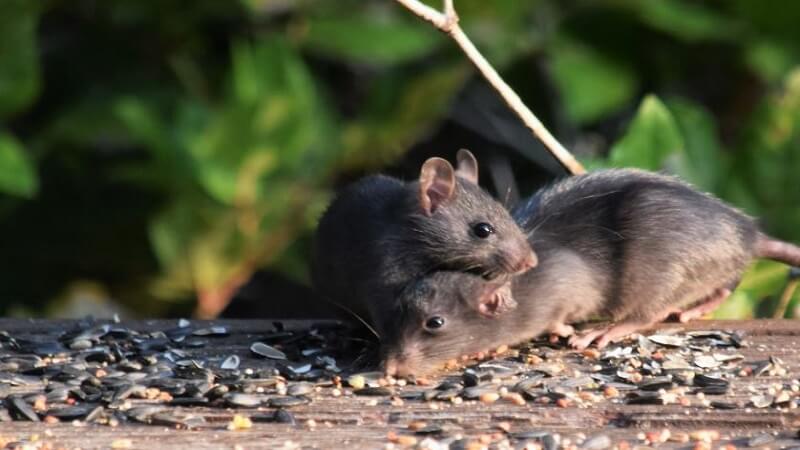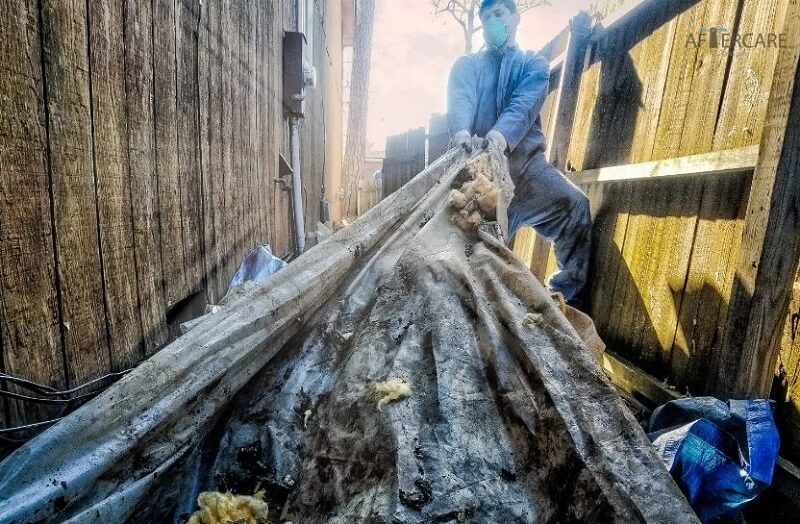The safety and integrity of your home extend beyond the obvious measures like locking doors or ensuring smoke alarms are functioning. An often-overlooked aspect of home protection is the crawl space, a hidden area beneath your house that, if neglected, can become a haven for unwanted critters. Crawl spaces provide warmth, darkness, and an abundance of nesting materials, making them attractive to various animals. Therefore, it’s crucial to take proactive steps in keeping your crawl space clean and animal-free, which can pose significant risks to your home’s structure and your family’s health.
Animals That Invade Crawl Spaces

The first step in safeguarding your crawl space is to identify the various animals that might seek refuge there. Rodents such as mice and rats are common invaders, but larger mammals like raccoons and opossums, as well as reptiles like snakes, are also known to infiltrate these spaces. These animals are typically attracted by the prospect of food, shelter, and a safe breeding environment that crawl spaces offer. The risk of invasion is particularly high during colder months, as animals search for warmth, although they can invade at any time of the year. Understanding which animals are likely to invade your crawl space is crucial because it allows you to take targeted preventive measures to keep them out, ensuring your home remains secure and animal-free.
Potential Damages from Animal Infestation
Animal infestations in crawl spaces can lead to severe consequences for your home. Structurally, animals can cause significant damage by gnawing on wooden beams, electrical wires, and insulation. Rodents, in particular, are notorious for chewing through wires, which can create fire hazards. Additionally, animals may build nests using insulation and other materials, compromising your home’s energy efficiency.
Beyond structural damage, animals in your crawl space can severely impact the air quality inside your home. They often leave behind droppings, urine, and even deceased animals, all of which can lead to the growth of harmful bacteria, mold, and mildew. The presence of these contaminants can result in foul odors permeating your living spaces and can contribute to health issues such as allergies, asthma, and other respiratory problems.
Steps Toward Animal-Proofing Your Crawl Space
To prevent animals from taking up residence in your crawl space, it’s essential to implement a series of preventive measures. These steps will help keep your home safe from structural damage and health hazards.
1. Conduct Regular Inspections
Regularly inspecting your crawl space is the first line of defense against animal infestations. During these inspections, look for signs of animal activity such as droppings, gnaw marks, nests, and unusual sounds or smells. Early detection of these signs allows you to address potential infestations before they become severe. However, caution is advised during inspections, as some animals, especially larger ones like raccoons, may become aggressive if they feel threatened. If you encounter an animal during an inspection, it’s best to contact a professional for safe removal.
2. Maintain Crawl Space Cleanliness
A clean crawl space is far less inviting to animals. To maintain cleanliness, regularly remove organic waste such as fallen leaves, food residues, or other debris that might attract animals. Keeping your crawl space free of clutter not only deters animals but also prevents the growth of harmful bacteria and mold. A clean environment in your crawl space contributes to better air quality in your home and reduces the risk of infestation.
3. Seal Access Points
One of the most effective ways to prevent animals from entering your crawl space is to identify and seal potential access points. Common entry points include broken vents, gaps around utility pipes, and cracks in your home’s foundation. Once identified, these access points should be sealed using durable materials resistant to gnawing, such as metallic meshing or concrete. By eliminating entry points, you significantly reduce the chances of animals finding their way into your crawl space.
4. Control Humidity and Temperature
Crawl spaces with high humidity and warm temperatures are particularly attractive to wildlife and can also promote the growth of mold and mildew. To counteract this, consider installing a thermostat-controlled fan to regulate the temperature and dehumidifiers to reduce moisture levels. By controlling the environment within your crawl space, you make it less hospitable to animals and reduce the risk of mold-related health issues.
5. Employ Pest Control Services

For persistent or large infestations, it may be necessary to engage professional pest control services. Pest control experts are trained in the safe and effective removal of animals and have a deep understanding of animal behavior. They can also provide valuable advice on how to further animal-proof your crawl space and may offer regular monitoring services to ensure your home remains critter-free. Professional intervention can be particularly important for dealing with larger or more dangerous animals, such as raccoons or snakes, where safety is a primary concern.
